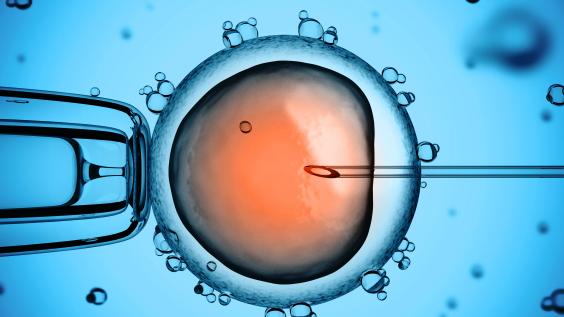Cell-culture Models of Early Human Development: Science, Ethics, and Policy

Table of Contents
Author(s)
Kirstin R.W. Matthews
Fellow in Science and Technology PolicyJason Scott Robert
Director, Lincoln Center for Applied Ethics, Arizona State UniversityAna S. Iltis
Nonresident Fellow for Biomedical Research PolicyInmaculada de Melo-Martín
Professor, Division of Medical Ethics, Weill Cornell Medical CollegeDaniel S. Wagner
Baker Institute Rice Faculty Scholar | Associate Professor of Biochemistry and Cell BiologyTo access the full paper, download the PDF on the left-hand sidebar.
This report is part of a series examining the ethical, policy and scientific issues that arise in the controversial field of human embryo research. A list of acronyms used is available here.
Introduction
Technical improvements in developmental biology create new opportunities for research but also new ethical and regulatory challenges. In the early 20th century, human embryology research was initiated with embryos obtained by physicians after obstetrical surgery (such as an emergency hysterectomy) or pregnancy disruption (including miscarriage in the first eight weeks of pregnancy). Embryo specimens were preserved, fixed, and often sectioned or stained for analysis, sometimes without the knowledge of the female patient, and studied for decades (Morgan 2004). With the advent of in vitro fertilization (IVF) techniques that allowed the creation of embryos outside of a woman’s body in the early 1970s, scientists and clinicians faced the prospect of not only helping those experiencing infertility to have children, but also of studying any remaining embryos not transferred to a woman’s uterus. These so-called leftover embryos afforded the opportunity to study living human embryo specimens instead of just dead ones.
As a function of the political and cultural sensitivity of human embryo research, several jurisdictions instituted a rule or guideline stipulating the impermissibility of research on human embryos beyond 14 days post fertilization (dpf), although the United States was not one of these jurisdictions.1 At
the time, in vitro embryos could not be kept alive for more than a few dpf. Thus, this limit, first suggested in the 1970s, has remained out of reach technically until now. In 2016, scientists developed techniques to nurture the survival of human embryos in vitro, enabling embryo research up to and potentially beyond 14 dpf. Ultimately, the scientists destroyed the samples when they reached day 14 (Shahbazi 2016; Deglincerti 2016a).
In recent years, several laboratories have made significant strides toward studying human embryogenesis without destroying human embryos in the process. Instead of studying human embryos directly, scientists are now deriving novel, laboratory-grown entities from human embryonic stem cells (hESCs) or from induced pluripotent stem (iPS) cells2 (Warmflash et al. 2014; Van den Brink et al. 2014; Deglincerti et al. 2016b). These entities could permit studies of early human development like those already permissible with human embryos, as well as studies of human embryonic development stages that are currently off-limits with human embryos. For example, the phenomenon of gastrulation, which usually starts to take place around 15 dpf, could be studied in these entities.
Currently, these entities are relatively simple proxies for the human embryo. With them, scientists seek to replicate discrete aspects of human embryo development in culture in order to examine developmental processes in greater detail in controlled and reproducible experiments. However, because of their simplicity, these entities do not eliminate the need for human embryo research. Thus, researchers are interested in creating more complex entities that would replicate human embryo development in greater detail. This would allow scientists to capture the complex dynamics and integrated signaling networks that are required for human development.
These novel entities that replicate human embryo development are controversial in several ways. First, insofar as their development requires hESCs, their creation is objectionable to those who reject embryo destruction for research purposes. Second, given that they are ersatz embryos, there are questions about whether they are sufficiently human-embryo-like to give accurate information about human development. Third, because they are artificial entities, it is not clear whether they warrant ethical and regulatory oversight as if they are human embryos. That of course does not mean that no regulatory oversight would be appropriate, but the issue is whether research with these entities should be subject to separate ethical and regulatory oversight. Fourth, there are important disagreements about what these novel entities should be called. The terminology is important, not least because referring to them as embryos or embryo-like, for instance, triggers a variety of responses that may or may not be appropriate given the nature of these entities (Baylis and Krahn 2009).
In this paper, we delve into these novel entities by briefly reviewing their biological character and the processes by which they are being or may be created. We then turn to the question of nomenclature. Next, we explore how these entities fit or fail to fit into existing regulatory schemes and research policies, and raise and address ethical questions about these entities. Finally, we make a recommendation about how research with them should be governed.


